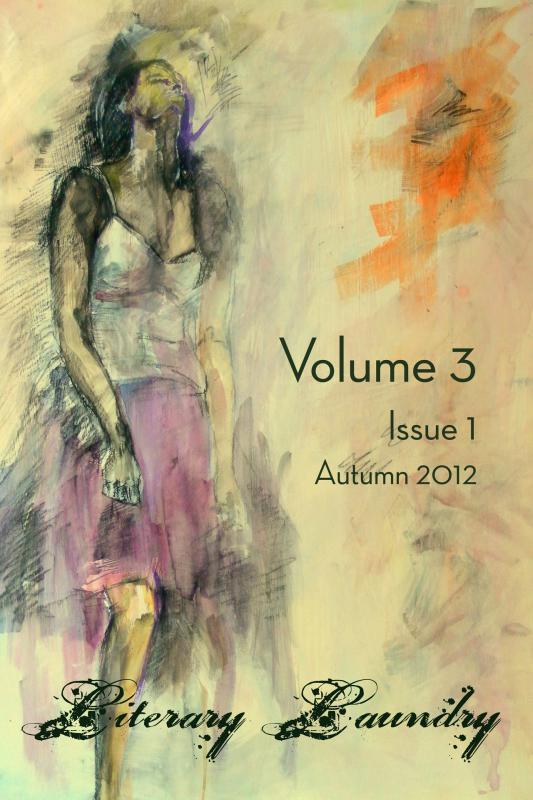I am large; I contain multitudes.
—Walt Whitman
The condition of life can be divided into two categories: (1) the natural, self-contained ecosystem of earth, and (2) humanity, which has evolved the capacity to thrive across most sub-ecosystems and consciously cause those systems to change, grow, or die.
Human action is first conceived in the mind, and as language and other means of self-expression have evolved, the oscillation between our capacity for expertise or incompetence, destruction or harmony, has resulted in the birth and growth of art. This art—our ability to create and appreciate beauty as observed in the world or conceived in the mind—has deeply marked the direction of human development and the way that we perceive ourselves as ultimate masters of our world and of ourselves.
Somehow, the evolution of literature over the last hundred thousand years has led you to this journal, this most recent iteration of human capability—this moment of human achievement. Literature has been used to glorify death, to encourage life, to love the banal, to experience the sublime. Literature has been written in love and in hate, and in all emotional states in-between. But, as always with great art, there is in great literature an understanding, an act of godly creation, and an inspired desire for more: more beauty, more humanity, more life—even if that life is portrayed as horrible and full of despair. Great literature wants you to ask: "what happens next?" That question is the foundation of this journal.
Welcome back to Literary Laundry.

